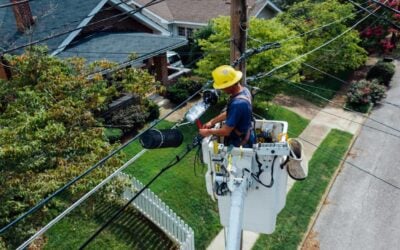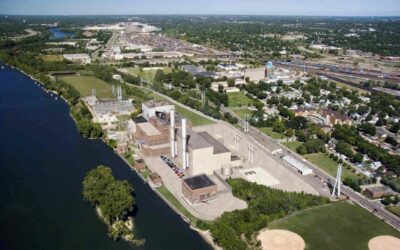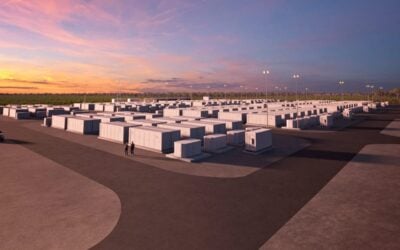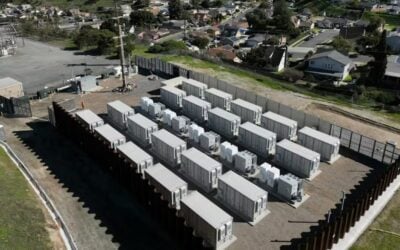A utility-scale experiment pairing solar with electricity storage has been launched by the Karlsruhe Institute of Technology (KIT), in Baden-Württemberg, Germany.
The test will see a 1MW solar array paired with a 100kWh electricity storage using lithium-ion batteries. In common with a handful of similar projects around the world, the project will aim to demonstrate how storage can help solve a raft of modern energy conundrums, including the grid integration of renewables and managing demand.
In addition to serving its main purpose as a research and development centre, the facility could meet around 2% of the electricity demand of KIT’s northern campus where it will be located. While requiring €1.5 million (US$2.1 million) in investment to construct, it should result in electricity cost savings of €200,000 (US$272,000) a year, meaning payback time will be well within the intended 20 year lifespan of the plant. Modules were supplied by Solarwatt, with inverters from Kostal Solar Electric, both German companies.
Research team leader Dr Olaf Wollersheim said: “This new research infrastructure allows us to study, on a relevant scale, the interplay of the latest generations of solar modules, power converters, and lithium-ion batteries.”
Try Premium for just $1
- Full premium access for the first month at only $1
- Converts to an annual rate after 30 days unless cancelled
- Cancel anytime during the trial period
Premium Benefits
- Expert industry analysis and interviews
- Digital access to PV Tech Power journal
- Exclusive event discounts
Or get the full Premium subscription right away
Or continue reading this article for free
The new KIT facility is part of the institute’s Competence E programme, an interdisciplinary project which aims to pool together KIT experts on a variety of electricity network issues. Around 25 experts work on various projects through the programme.
An aerial view of the KIT testing centre. Image: Karlsruhe Institute of Technology.
One of the main aims of Competence E is to show that batteries can have a role, both theoretical and economical, to show that solar power can use the grid without the need for major overhaul of grid and network infrastructure. Competence E has been set an intended milestone of bringing down the cost of battery systems to €250 (US$340) per kWh with a power density of 250 watt hours per kilogram by 2018.
According to a spokesman at the institute, other Competence E research includes an electro-mobility project where electric cars have been donated by private companies including Siemens, for employees to share and manage battery use. The idea behind that particular project is to experiment with changes in behavioural attitude as well as in technological approach. According to the spokesman, the electro-mobility test will assess whether using EVs shred between several people throughout the day would be more practical than individual owners using their cars just twice a day for a short commute, for example.
According to the KIT spokesman, storage-plus-solar is one of “lots of points” where the institute and other organisations working on energy issues “have to do our homework”, to assist the aims of Germany’s much vaunted ‘Energiewende’ (‘energy transition’). Energiewende, the move away from nuclear and fossil fuels, has taken something of a blow in the last few days as a raft of reforms to the policy are being put through the country’s parliament and will become law in August. The reforms include levying charges on self-consumption of solar electricity, while exempting some heavy industry from the charges, for reasons of economic competitiveness.
Meanwhile, inverter manufacturer SMA has also inaugurated a test centre for its range of products in Niestetal near Kassel, Germany. Although it will also include the usage and testing of battery storage, unlike the KIT test centre in Niestat which will focus primarily on storage, the aim SMA project will serve as a demonstration and testing park for a range of products and systems including inverters, combiner technology and medium-voltage components suitable for large-scale plants.
According to SMA, electricity generated by the project’s 3.2MW solar farm will not only be self-consumed at the company’s SMA Solar Factory 3 nearby, it will also be transmitted for use at SMA sites around its headquarters in Niestetal.





